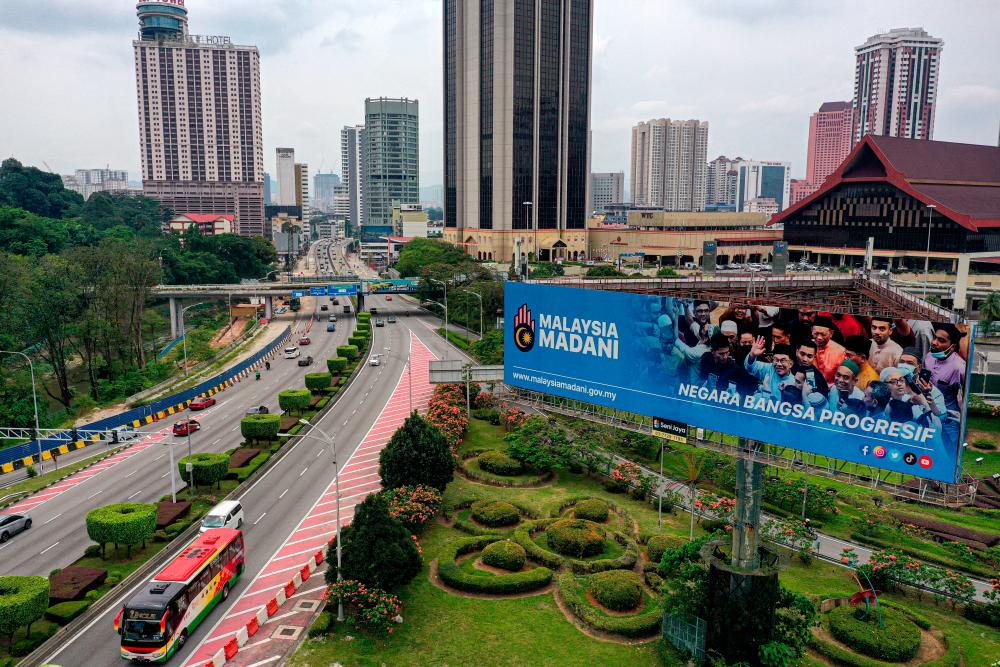BESIDES signages, our highways have VMS systems (variable messages signboards) to keep motorists updated on road works or traffic jams.
The current system can be seen at the entrances and exits of highways, especially in major cities, for example in Kuala Lumpur, at the Jalan Duta exit of the PLUS highway, the Penang Bridge and almost every highway throughout the country.
The Malaysian ITS blueprint 2019-2023 with regards to the VMS system is impressive on paper but will it do justice to road users.
Fatigue and tiredness are the common causes of road crashes besides carelessness. VMS messages should move beyond providing information only on traffic crawls or accidents.
The VMS system on highways can be further utilised to educate road users on safety, create awareness of the environment and appreciate ESG (environmental, social and governance) principles.
Highway concessionaires and other agencies can consider the following strategies:
Safety messages: Use VMS to display safety messages such as reminders to wear seat belts, avoid distractions while driving using mobile phones and maintain safe following distances as well as maintenance of vehicles. These messages can help reduce accidents and promote safe driving habits.
Environment awareness: Display messages that promote environmental awareness such as encouraging carpooling, using public transport, especially MRT or LRT, and reducing idling. These messages can help reduce emissions and promote sustainable transportation practices.
ESG messaging: Highlight the commitments by the Transport Ministry, Public Works Department, Highway Authority and highway concessionaires to ESG principles such as promoting sustainable practices, supporting local communities and reducing carbon footprint. These messages can help improve the organisation’s reputation and enhance engagement with stakeholders.
Real-time information: VMS can provide real-time information on traffic conditions, road closures and alternative routes. This can help drivers make informed decisions and reduce congestion on highways. It would be better if these messages can also be directly connected to Waze or Google systems, which will be a great help to commuters.
Interactive messaging: Engage road users with interactive messages such as quizzes, polls and contests related to safety, environment and ESG. This can help increase awareness and a sense of attraction among the commuters.
Partnerships and collaborations: Join forces with other organisations such as environmental groups, safety organisations and ESG-focused companies to create impactful messaging campaigns. This can help amplify the reach and impact of the messages. Be creative and do not let an expensive system be idle and become a white elephant.
Feedback mechanism: Establish a feedback mechanism to gather input from users on the effectiveness of the messages displayed. This can help refine messaging strategies and improve the overall impact of the VMS system.
By implementing these strategies, all our highway operators can fully utilise the system to educate, inform and communicate with road users on safety, create awareness of the environment and promote ESG initiatives, which will bring enormous benefit to all concerned.









